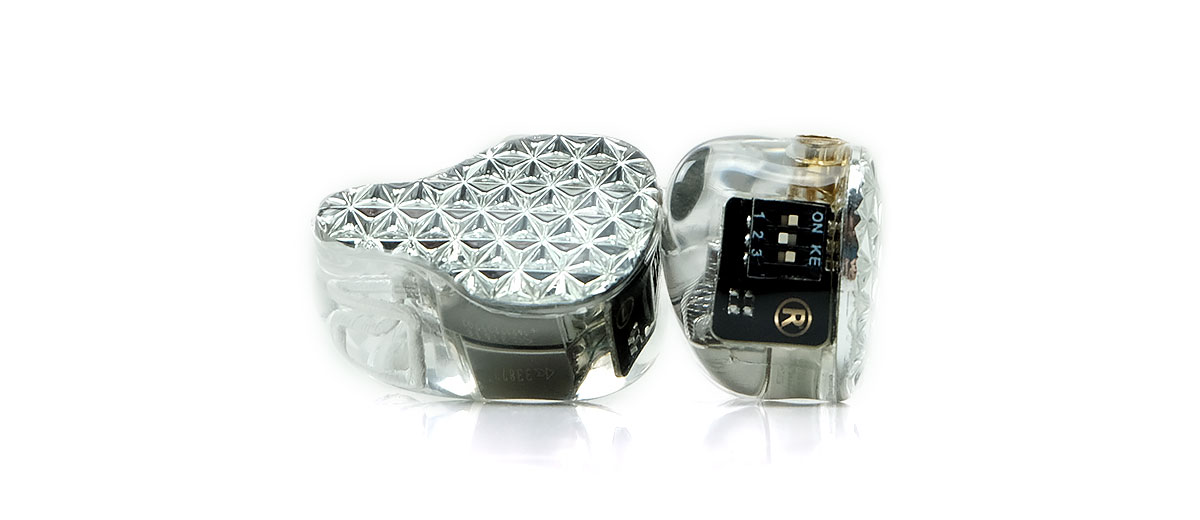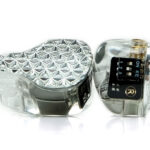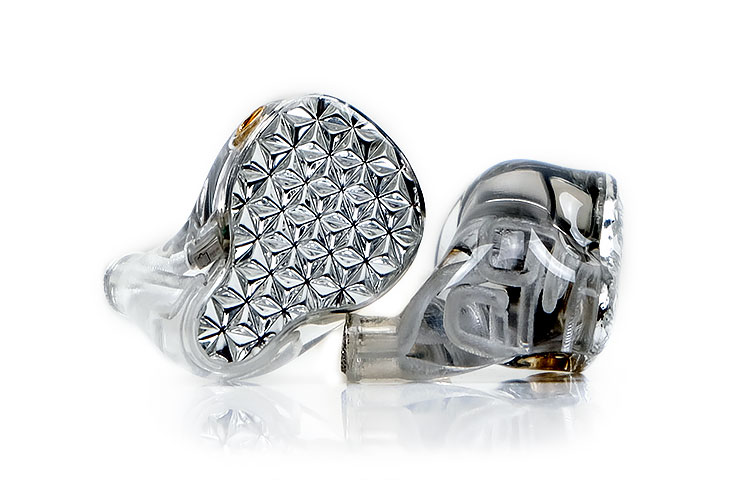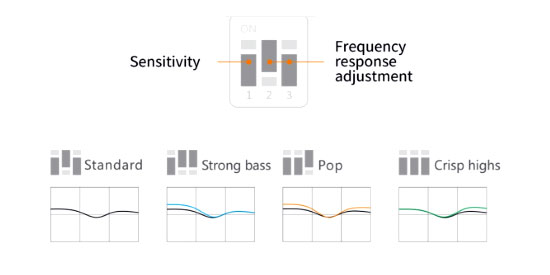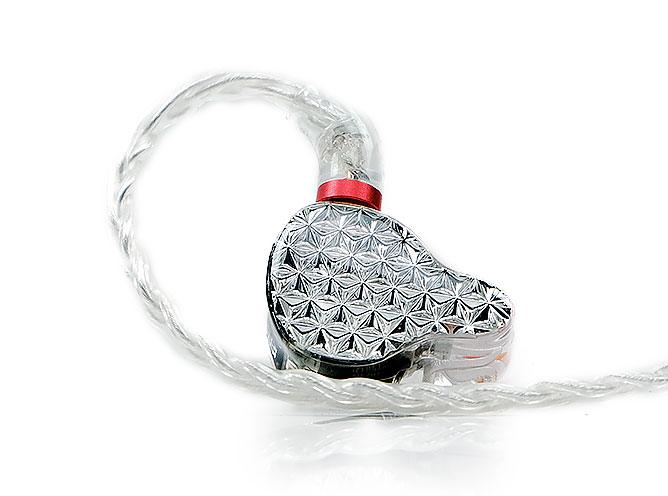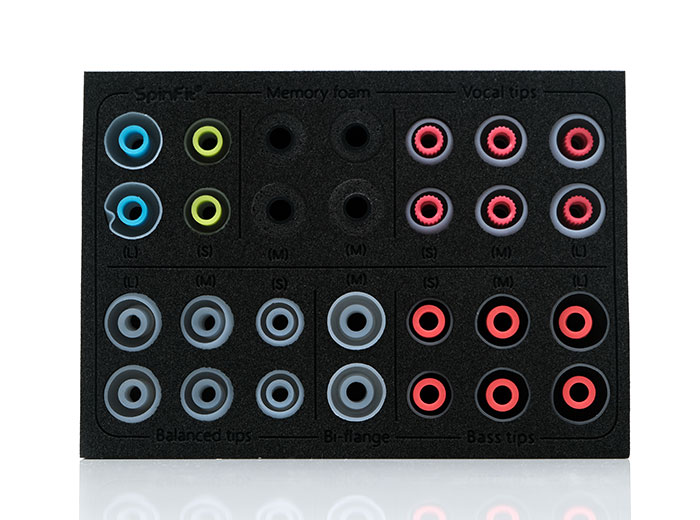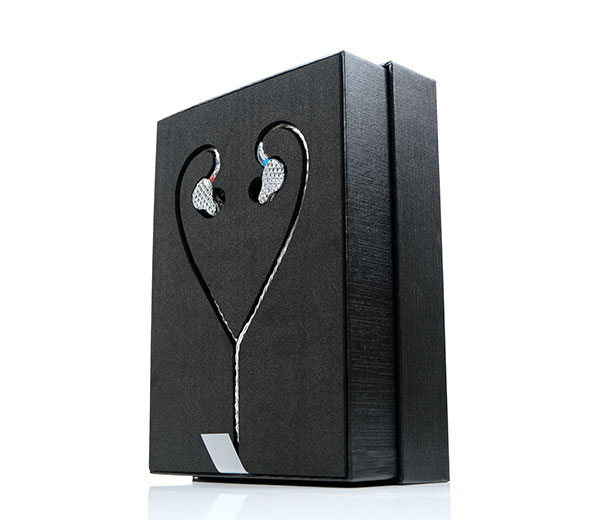Today, Marcus reviews the FiiO FA9, which is the company’s latest flagship monitor featuring 6 BA drivers per side and a unique switchable tuning. It is currently priced at $499.99.
Disclaimer: The FiiO FA9 sent to us is a sample in exchange for our honest opinion. We thank FiiO for this opportunity.
To learn more about FiiO reviews on Headfonics you can click here.
Note, this review follows our new scoring guidelines for 2020 which you can read up on here.
FiiO has been gradually moving upward with its IEM ambitions.
It was only a few years ago that they dipped their toes into the market with the EX1 and now, in 2020, we have what seems to be a settled road map and some fairly mid-fi high value-to-performance ratio options such as the FH5, FH7, and the FA7 in late 2018.
For those that are not aware the H stands for hybrid and the A is the armature side of the FiiO monitor business. They had a short dabble with earbuds via the EM3 in 2016 but nothing really since that.
The focus now seems to be on multi-driver hybrids and all armature with the FA9 being their most ambitious to date at $499.
Of course, there is more room when you use numbers and we have seen much higher driver counts so I cannot discount FiiO coming out with an FA11 and FA15 but for now, this is their flagship in the FA lineup.
Tech Inside
Configuration
The FA9 contains pretty much everything that FiiO has already learned in the making of IEMs plus one or two new things they have not tried out before. First the basics. This is an all-BA 6-driver universal monitor configuration rated at 16-32Ω and 111dB SPL.
The 6 drivers are 3 dual-driver designs from Knowles and are completely different from the FA7. This is a dual HODVTEC-31618 woofer for the lows, a dual EJ33877 for the mids, and a dual SWFK-31736 for the highs.
The dual HODVTEC-31618 woofer is connected to a long 80.6mm sound tube that FiiO claims is a quasi-low-pass filter to help smooth out the bass response. You can see that grey long tube clearly in the picture above.
Also, the EJ driver for the mids is an ED-29689 and an entirely new BA fused by FiiO. The company has stated it is a driver used in high-end models but rarely do high-end companies achieve the same level of transparency as FiiO in listing their drivers.
I have noted, however, that some companies have stated they have changed their midrange driver to a new Knowles variant so it could be the same one.
Impedance Switch
So, why a broad range and not a fixed impedance value? That is due to the new switchable sound signature of the FA9 which is a first for FiiO. Impedance or resistance is an inherent feature in switching designs that can either release or restrict aspects of the frequency response, hence the variation.
The switching is controlled by FiiO’s use of an electronic 4-way crossover and you get a total of 3 switches on the sides of the drivers that offer up to 6 different sound signatures.
You have two signatures that are entirely based on the impedance value, hence the swing from 16 to 32Ω in this spec sheet. The first enhances the sensitivity of the FA9 making it easier to drive and the second lowers impedance to help combat issues regarding noise floors on some sources.
The remaining 4 signatures are more focused on delivering enhanced treble or bass to mids and would be more based on your listening preferences. FiiO has branded them into simple-to-understand labels such as pop, strong bass, standards, and crisp highs.
Design
The FA9 aesthetic it is more ambitious than the FA7 with a bigger form factor as a consequence of trying to fit in that long tubing, crossover switch block, and additional driver. It still shares some common traits with its smaller sibling such as DLP 3D printed clear acrylic shell and aggressive custom universal shaping.
The front faceplate is a very sparkling diamond-cut design with a quasi 3D effect as you turn it under the light. The FA7 hinted at this type of design with its grooved finish with a splash of red but it feels a little simplistic beside the FA9’s impactful faceplate.
The whole tone is bright, transparent, and silvery and not too dissimilar to a Swarovski crystal effect. I am tempted to say quite feminine in the looks department but this is 2020 so smoke ’em if you got ’em.
One other note is the finishing on the resin shell. It is honestly quite perfect, even compared to customs the ability to peer right into the mechanics of the FA9 is uncanny.
Cables & Connectors
Connectors
FiiO is now fully wedded to MMCX and it is the new round bore connector system as opposed to the older flat brass plates. Each termination on the stock cable has a clear ring for the left and red for the right to make it dead easy to connect each channel properly.
The only tricky part is connecting. This is due to the flush positioning of the connector at the far back of the shell combined with the smoothness of the shell itself. It can be a slippery and slightly off-balanced affair so grip tightly when connecting. I prefer the elongated MMCX stem of the FH7 as you can grip it better.
Stock Cable
The cable is the same as the FH7 stock cable which means an 8-core 152 strand Litz Monocrystalline SPC wire inside. This is a supple braided translucent jacket finish and a complimentary silvery aesthetic that marries well with the flash of silver on the FA9 faceplate.
The cable is light with virtually no memory retention and handles much better than the FH5 stock cable despite the FH5 cable seemingly a little smaller. It is also dead quiet for microphonics and the memory hooks seem not too stiff.
The cable is terminated with an anodized right-angle 3.5mm TRSS jack with excellent strain relief. The lightweight and small y-split barrel is similarly finished with a detachable chin cinch.
On a physical level, I am quite impressed with this cable but like the FH5 cable, it does not come terminated with a balanced TRRS jack. I would love to see balanced as stock with an adaptor in the box for 4.4mm or 3.5mm.
Comfort & Isolation
The comfort and seal on the FA9 are excellent. The lightweight resin is super smooth and perfectly formed to fit fairly snugly in my ear without any undue pressure. It also feels secure and there are a few reasons for that.
The first is the nozzle which is a bit longer than the FA7 so it feels like it is going a shade deeper which does help get a better seal from most of the tips FiiO has thrown into the box. One thing to note, the all-BA design means no bass port for venting which always enhances passive isolation potential.
Tips
The second reason is the variety of tips supplied by FiiO for the FA9 which should cover most types of ear canals and preferences.
Like the FH5 and FH7, they are all in a single foam tray and labeled in terms of what they focus on for the single-bore silicone tips such as balanced, vocal, and bass. This time the labeling is cut into the form and the black backing is quite hard to see compared to the white of the FH7 tray.
There is a change in the line-up from the FH7 tip selection, however. The FA9 ditches the additional balanced single bore tip that came fitted out of the box on the FH7 and instead, they have thrown on the medium SpinFit. It is one less set of tips but just getting rid of unnecessary duplication in the tip selection at the same time.
The longer nozzle of the FA9 works better for me with the current set of tips than the FH7 nozzle. The bass tips, which I struggled with on the FH7, have a much tighter seal this time around and sound better as a result.
The vocal tips are still my number one for depth and seal whilst the SpinFits felt a bit too soft in my left ear and kept breaking the seal, even on the largest size. I felt the isolation was pretty good also from the balanced tips but if I had to choose one silicone single bore purely on comfort and isolation it would be the vocal tips.
The biflange was more secure in my ear but the isolation was just a shade behind the vocal tips. Surprisingly, I did not feel the stock foam tips isolated as well as the biflange and vocal tips for my ears.
Packaging & Accessories
The FA7 comes in a fairly sizeable black lift-lid container with two suede-lined hard foam layers. If you have seen the FH7 package it is pretty similar in terms of layout and accessories except for the filter pill case on the top. The FA7 does not use filters, nor does it need to due to the switch mechanism doing the work of the filters.
The top foam is cut out to allow for a full display of the monitors and a partial display of the stock cable. Underneath, on layer two, you get the expansive foam tip tray.
Below the tray, you get the same blue faux leather case from the FA7 and a step away from the older plastic hard case seen on the FH5 and FA7. This is a fairly deep faux-leather oval blue case with plenty of space for the cable and drivers. There is also a little mesh on the lid to hold some tips and the filters.
Beyond that, you get the smaller softer zip pouch for enhanced pocketability. This is the same cushioned soft pouch you get with the FH5 and FH7. You also get a cleaning brush and a small magnetic IEM cable organizer clip in an off-white color.
Click on page 2 below for my sound impressions and recommended pairings.

